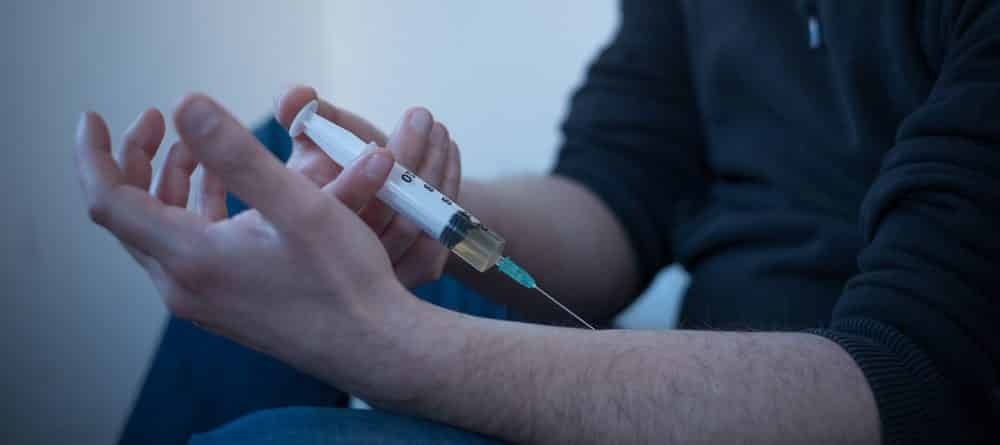Some of the areas of information that can be helpful to have an understanding of, include how heroin is injected and how heroin is administered
Understandingheroinand how it’s administered is important for people who want to identify the signs of someone with a heroin use disorder and get themtreatment. Opioid use, particularly illicit opioids have had a significant impact on the United States. There isn’t a state, community or demographic that hasn’t been affected by heroin use.
Heroin is sold as a whitish or brown fine powder or as a black tar-like substance.Black tar herointends to be the lowest quality and the cheapest and it’s often cut with other substances including toxins.

How Heroin Is Injected
When heroin is injected, it’s either administered into a vein or a muscle and sometimes under the skin. Injecting heroin directly into a vein is often called mainlining or intravenous use and under the skin, heroin injection is called skin-popping.
Smoking and snorting heroin has become more common, but people still inject the drug using a needle and syringe. The reason people might prefer this method of using heroin, even though it’s more dangerous, is because when you directly inject heroin the high is more powerful and occurs more quickly. When people begin snorting or smoking heroin, they often ultimately end up shooting it because they develop a tolerance and want to find different ways to continue achieving a high. With intramuscular heroin injection, peak effects usually occur within five to eight minute after taking the drug and with intravenous heroin use, it occurs with a few seconds.
Treatment Can Be Life Changing. Reach out today.
Whether you are struggling with addiction, mental health or both, our expert team is here to guide you every step of the way. Don’t wait— reach out today to take the first step toward taking control of your life.
If someone is taking heroin that’s cut with a stronger drug or a harmful toxin or chemical, it can be dangerous and potentially fatal. People who “shoot up” heroin, as it’s typically referred to, are also at risk of contracting HIV and other bloodborne diseases if they share needles. Since this is one of the primary ways that heroin is injected, many local organizations and governments have started providing people addicted to heroin with clean needles, but that doesn’t mean they’re taking advantage of these programs.
Why Injecting Heroin is So Dangerous
Despite the fact that injecting heroin is often the preferred route of administration for many people, it’s also dangerous. When people inject heroin they may start to develop abscesses and skin infections. It can also lead blood vessels to collapse and can cause infections of the heart lining and valves.
If someone is injecting heroin regularly, their body’s functionality and muscle strength will weaken and holes can appear in the skin. Also, if someone is injecting poor quality heroin, it can leave behind residue in blood vessels. Black tar heroin is particularly dangerous and when someone injects it, it can destroy muscle, organ and skin tissue.
Other Ways How Heroin Is Administered
There are different ways that heroin is administered, but the most common are snorting or smoking it. When someone snorts heroin, they inhale the powder directly.
Heroin smoke or vapors may also be inhaled. Someone who uses heroin by inhaling it typically heats the heroin and then inhales the smoke and fumes it creates. People incorrectly feel that if they snort or smoke heroin, it’s less dangerous and while there might not be the risks of needles, there are still inherent risks with using this drug, ranging from addiction tooverdose.
If you or a loved one live with addiction or are using drugs recreationally and want to stop, The Recovery Village can help.Reach outto one of our representatives today to learn how you can start on your path to recovery.








